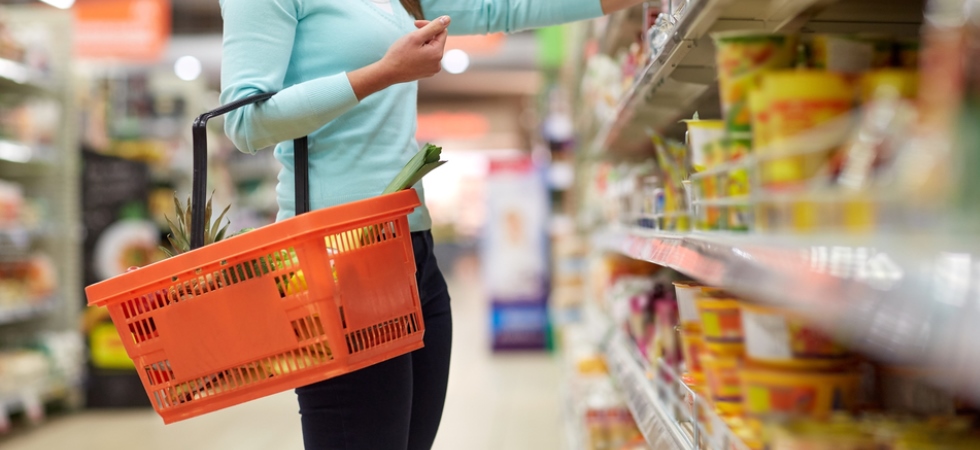The Office for National Statistics (ONS) has released its latest Consumer Price Inflation (CPI) figures, reporting a 3.8% rise in CPI in the 12 months to September 2025.
Core CPI rose by 3.5% in the 12 months to September 2025. This was down from 3.6% in the 12 months to August 2025. The CPI goods annual rate rose slightly from 2.8% to 2.9%, while the CPI services annual rate was unchanged in September at 4.9%.
On a monthly basis, the Consumer Prices Index including owner occupiers’ housing costs (CPIH) rose by 0.1% in September 2025. In the 12 months to September 2025, it rose by 4.1%.
In terms of monthly change in both CPIH and CPI annual rates, food and non-alcoholic beverages were among the largest offsetting downward contributions.
Cheese contributes to downward effect on food inflation
The 12-month inflation rate for food and non-alcoholic beverages was 4.5% in September 2025, down from 5.1% in August. This was the first time since March 2025 that the annual rate has slowed.
On a monthly basis, food and non-alcoholic beverages prices fell by 0.2% in September 2025, compared with a rise of 0.4% a year ago. This was the first time since May 2024 that prices have fallen on the month.
There were small downward effects to the change in the rate from five of the 11 food and non-alcoholic beverages classes, including vegetables, milk, cheese and eggs, bread and cereals, and fish. ONS highlighted that his was particularly notable in cheese.
ONS said the negative contribution from the food and non-alcoholic beverages division seemed “likely to have been caused in part by sales and discounting increasing at a greater rate” into September 2025 than into September 2024.
“The Government must use what levers it has to hold back the rising tide of inflation.”
Dr Kris Hamer, director of insight at the British Retail Consortium, said: “Headline inflation remained unchanged last month, as an easing of food price rises was countered by an increase in transport inflation, notably air fares. Food inflation is expected to remain high into 2026 as inflationary pressures from the last Budget continue to filter through, something now being seen in the price of clothing and footwear.
“With the cost of the weekly shop still significantly higher than last year and the prospect of another tax-raising Budget next month, today’s figures are unlikely to raise consumer spirits. Nonetheless, consumers will have been happy to see the price of key staples such as rice, bread and cereal fall on the month.
“With the IMF warning that UK inflation will be the highest in the G7, the Chancellor must use the upcoming Budget to tackle rising prices head on. Retailers, already operating on tight margins, have been hit with £7 billion in additional taxes this year alone – costs they simply can’t absorb.
“The Government must use what levers it has to hold back the rising tide of inflation. Reform of business rates – delivering a meaningful cut for retailers with no shop paying more – would drive and help deliver better value for customers.”

James Walton, chief economist at the Institute of Grocery Distribution (IGD), commented: “The rate of food and drink inflation came down from 5.1% in August to 4.5% in September, by the CPI method. This aligns with our predictions that food inflation will start to moderate, and we may have seen the peak. Whilst this is good news, prices for shoppers are still going up year on year, just more slowly.
“This means food price inflation is outstripping the general cost-of-living which is at 3.8%. Food and drink prices remain a significant problem for a lot of households, and we will continue to see this being reflected in muted shopper confidence and careful shopping behaviours.
“Categories such as red meat, coffee and chocolate are still seeing strong price increases. This is due to production issues, such as bad weather in exporting nations and local supply restrictions in the UK.
“Meanwhile, inflation has undershot expectations for grain, due to good stocks from last year and plentiful international supply. Looking ahead, food and drink businesses will be turning eyes to the Autumn Budget to understand how announcements will affect the cost of doing business, including labour cost and business rates.”









